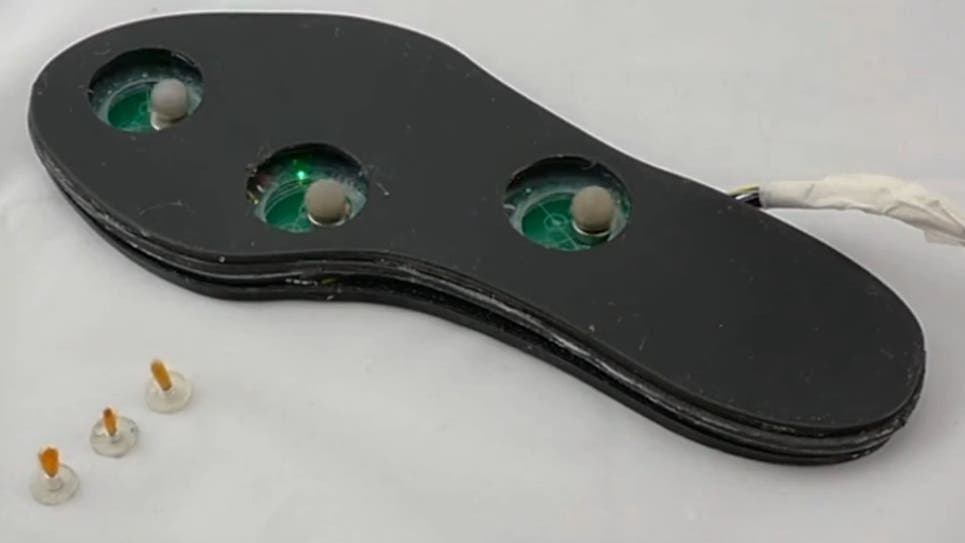Everyone has a ticklish spot, and scientists have set out to devise a machine that can find the most optimal stimuli. At first glance, a foot-tickling device sounds like something worthy of the Ignoble Awards, but there’s more to it. The device could help relieve stress by provoking uncontrollable laughter. It may also help scientists probe the inner workings of the human brain, particularly how it reacts to surprises.

When we’re tickled in the right spots, humans can’t help but laugh. There’s nothing fun or amusing about it — it’s just that the reaction is the result of an autonomic emotional response. Previously, scientists found that touching or brushing certain sensitive areas of the skin, which can differ from person to person, stimulates the hypothalamus, which is where the brain mainly processes emotional reactions, including the ‘fight or flight’ and pain responses.
Tickling-induced laughter can significantly relieve stress just like natural laughter when we hear a joke or see something that’s funny to us. With this in mind, researchers at the University of Auckland in New Zealand conducted an experiment in which they used magnet-driven brushes to stimulate various spots on the sole of the foot to see where people are most ticklish.
The study involved seven women and six men, who had to rate how ticklish they felt on a scale from one to seven as a brush gently stimulated their feet.
Women, as it turns out, were the most ticklish with a 5.57 average on the ticklish scale, while men scored 3.83. There were also gender differences with regards to the most sensitive spots, with women being most ticklish close to the center of the arch while men were more sensitive close to the toes.
Armed with this information, the researchers made the ultimate tickling machine, aptly christened the TickleFoot, which has three actuators that stimulate the most sensitive spots on the sole of the foot. The device is relatively thin and is designed to match the shape of the foot, so it can be inserted into shoes like an insole. A typical lithium-ion battery powers the device, offering 60 minutes worth of tickling. In a follow-up study with a new set of participants, the researchers confirmed that the device could evoke laughter.
The immediate application of the TickleFoot is as a device for relieving stress. And since the machine can be powered on and off remotely, it could also serve as a quirky gadget that facilitates social interaction between couples. Scientists believe tickling evolved as a form of social bonding, being one of the earliest forms of communication between parents and children and a way for young children to play with friends.
But this machine isn’t entirely a laughing matter. When used in the lab, paired with brain scanning technology, the TickleFoot could help scientists gain a better understanding of the brain’s inner workings.
Ever tried tickling yourself? Well, it just doesn’t work. The reason why you can’t tickle yourself is that you know it’s coming. The secret to a ticklish response is the same as the recipe for good humor: surprise.
The brain is constantly creating a model of reality in order to predict future events. It’s an important evolutionary development that has helped humans survive by anticipating the movements of both prey and predators. But when this predictive coding doesn’t match the actual environment, we register the ‘surprise’. Tickling could be one of the best ways to see this process unfold in the brain.
The findings were reported in the journal Transactions on Computer-Human Interaction.






